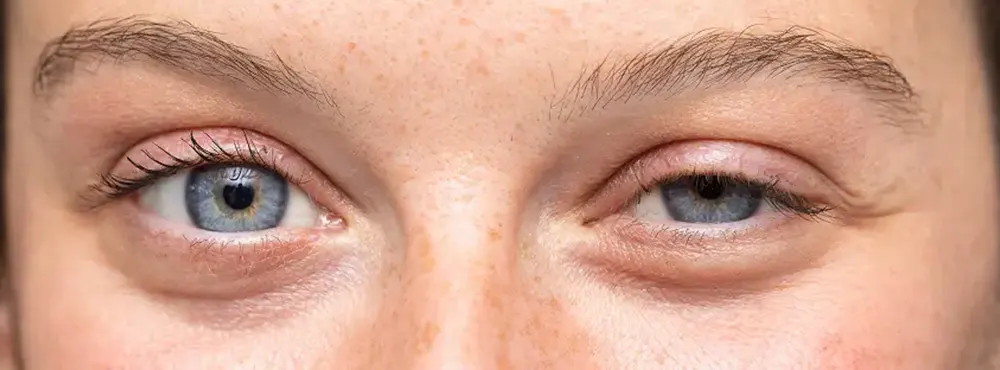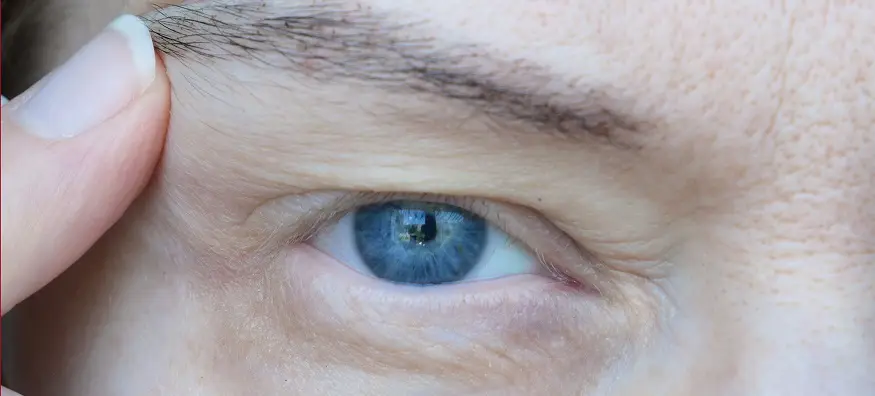What causes eyelids to droop?
Risk factors of droopy eyelids:
- Loose skin from ageing
- Weak facial muscles
- Nerve damage
- Eye injury
- Eye disease
- Botox injections
Some individuals can be born with ptosis (referred to as congenital ptosis). Symptoms can include muscle ache around the eyebrow due to the strain of trying to keep the eyelid open. Droopy eyelids are usually caused by ageing. As we get older, our skin starts to lose collagen and, therefore, some of its elasticity, causing the skin to stretch and drop. The delicate skin around our eyes is thinner than the rest of the face, making this area especially prone to sagging over time.

 Offers
Offers Account
Account
 Favorite
Favorite
 Basket
Basket

 OFFERS
OFFERS
















